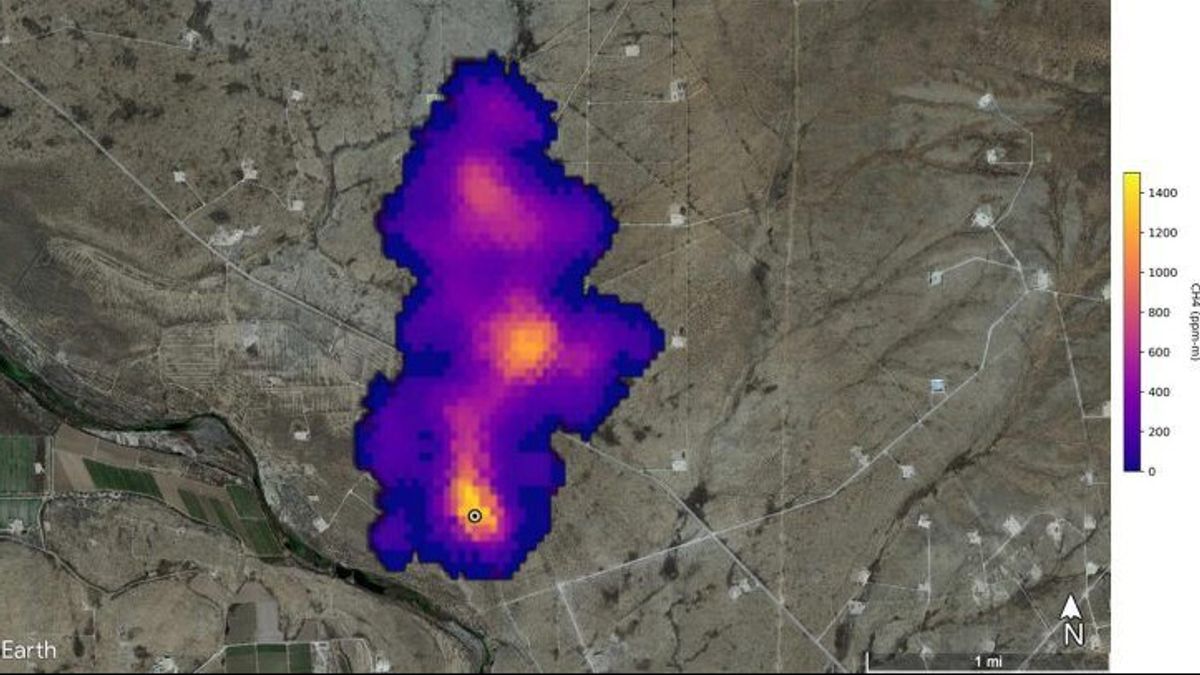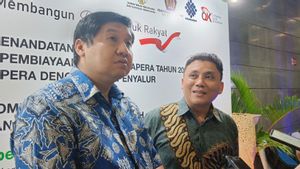JAKARTA - NASA's Earth Surface Mineral Dust Source (EMIT) Investigation mission surprisingly detected methane 25 times stronger than carbon dioxide in fueling heat in the atmosphere.
It is known, EMIT itself is an imaging spectrometer designed to identify chemical fingerprints from various minerals on the earth's surface.
EMIT has mapped the chemical composition of dust throughout Earth's desert region since it was installed on the outside of the International Space Station (ISS) in July, helping researchers understand how dust in the air affects the climate.
But this instrument made another contribution where it managed to identify a large clump of greenhouse gas, methane, which is 25 times stronger in heat around the world.
"Controlling methane emissions is key to limiting global warming. This exciting new development will not only help researchers better determine where methane leaks come from, but also provide insight into how it can be addressed quickly," NASA Administrator Bill Nelson said in a statement.
"EMIT proved to be an important tool in our equipment box to measure this powerful greenhouse gas and stop it at its source."
So the EMIT's ability to find methane is also a kind of fun coincidence. Metana itself absorbs infrared light in a unique pattern, called a spectral fingerprint that can be seen by the EMIT imaging spectrometer with high precision and accuracy.
In fact, carbon dioxide can also be measured by the instrument. However, compared to carbon dioxide, methane is a fraction of the greenhouse gas emissions caused by humans, estimated to be 80 times more effective, tonnes per tonne, in trapping heat in the atmosphere within 20 years of release.
In addition, when carbon dioxide lasts for centuries, methane can actually last for about a decade. This means that if emissions are reduced, the atmosphere will respond within the same period, leading to shorter heating.
Launching Science Tech Daily, Thursday, October 27, identifying the source of methane point can be a key step in the process. With knowledge of large emission-producing locations, researchers can quickly act to limit emissions.
"This is a unique capability that will raise the standard of effort to connect methane sources and reduce emissions from human activity," said EMIT instrument scientist and senior research scientist at NASA's JPL, David Thompson.
The English, Chinese, Japanese, Arabic, and French versions are automatically generated by the AI. So there may still be inaccuracies in translating, please always see Indonesian as our main language. (system supported by DigitalSiber.id)








